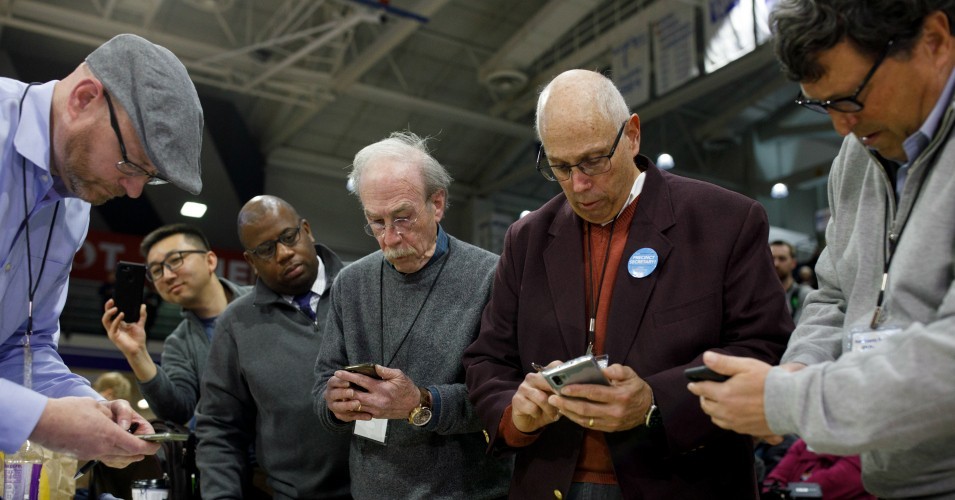As the presidential primary nears, so does the Iowa caucus. Let’s first start with what the Iowa caucus actually is.

CNN explains that if an Iowan wants to participate in the caucus, they must show up to their designated gym, church, library, etc. at a specific time and cannot be late. For the Republican caucus, participants begin with the Pledge of Allegiance and then vote on a ballot or write on a scrap piece of paper their choice. Local officials tally the votes and send them to Iowa GOP headquarters to add them to the whole state’s votes.
The Democratic caucus is more complicated, writes CNN. Once participants arrive, they congregate around the room in groups based on who they are voting for, and those who are unsure who to vote for go to the “uncommitted” group. Then, the votes are tallied. Then, groups that have a significant number of people overall, usually about 15% of the total participants there, move on to the next round of voting, while those in groups that don’t meet that threshold have a chance to move to a group that did meet the 15% requirement. This is quite controversial as nobody’s votes are secret.
Additionally, only registered Democrats and Republicans can participate, which leaves out other political parties.
As to the results of the Feb. 3 2020 Iowa Caucus, there is still some confusion, reported NPR. The reason for this is due to the app that Democrats used to vote at the caucus. No backup plan was put in place, therefore there was no way to prepare for the coding error that occurred with the app. However, it was reported that cybersecurity experts made sure the app was secure.
Troy Price, Iowa’s Democrat Party Leader, commented, “It is safe to say, this is not the caucus that hundreds of thousands of Iowa Democrats deserve.” According to CBS News, Price has since resigned due to the outcome of this caucus.
After 100 percent of the results were in, the Iowa Democratic Party website showed that Pete Buttigieg won the state delegate equivalent (SDE) with 26.2 percent and Bernie Sanders came in second with 26.1 percent of the SDEs. However, Sanders did win the popular vote with 26.5 percent, while Buttigieg got 25.1 percent. Following Buttigieg and Sanders for the SDE totals were Elizabeth Warren, then Joe Biden, and then Amy Klobuchar.
By Feb. 6, 3 days after the caucus, both Buttigieg and Sanders had declared victory, says the Washington Post.
Tom Perez, chairman of the Democratic National Committee, tweeted in response to the results “Enough is enough. In light of the problems that have emerged in the implementation of the delegate selection plan and in order to assure public confidence in the results, I am calling on the Iowa Democratic Party to immediately begin a recanvas.” So far, no plans have been announced to recanvas the results.
